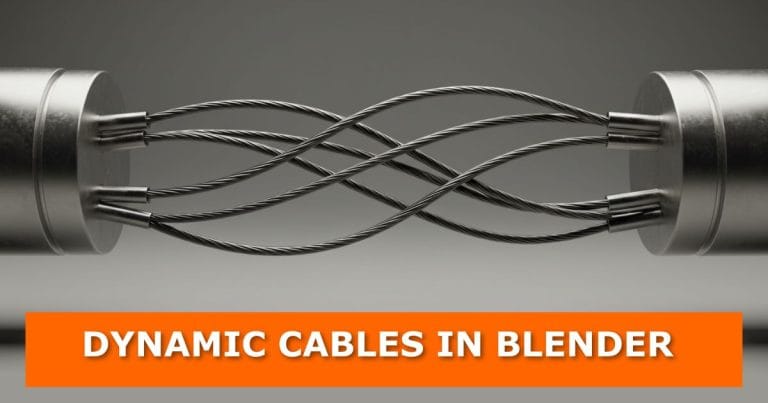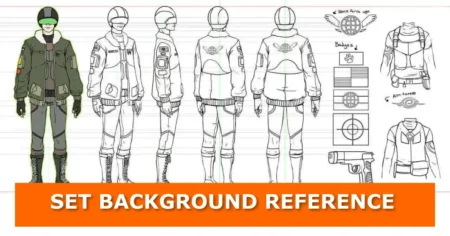In this tutorial, I’ll Walk you step by step through creating cables in Blender that bend, flex, and respond to movement.
This method is simple, efficient, and doesn’t require complex rigging. Let’s get started.
Video Tutorial

Step 1: Start With a Plane
Begin by adding a plane to your scene. Make a loop cut through the centre, then add more cuts along the sides.
Delete the outer vertices so you’re left with only the subdivided loop. This loop will form the backbone of your dynamic cable.
Step 2: Set Up Pinning
Select the two end vertices and assign them to a new vertex group called pin.
Next, add the Cloth Physics modifier and set the pin group under the Shape settings. This step ensures the ends of the cable stay fixed while the rest of it moves dynamically.
Step 3: Shape the Cable
Add a Skin modifier to give the cable thickness. Switch to Edit Mode, select everything, and scale it with Ctrl + A until it looks the right size.
For smoother results:
- Add a Subdivision Surface (Subsurf) modifier
- Enable Smooth Shading in the Skin modifier settings
Now the cable looks clean and smooth.
Step 4: Attach the Cable to Objects
To connect the cable to objects:
- In Edit Mode, select one end vertex.
- Press Ctrl + H and choose Hook to New Object.
- Do the same for the other end.
This creates two empties that control the ends of the cable.
Step 5: Adjust Modifier Order
For the simulation to run correctly, move the Cloth modifier below the hooks in the modifier stack.
To make the cable bend more naturally, add another Subdivision Surface modifier above the Cloth modifier.
Step 6: Animate and Test
Now it’s time to see your cable in action:
- Play back the animation
- Move or animate the empty objects
The cable will bend, swing, and react dynamically, giving you a realistic effect.
Related Tutorials You Might Like
If you enjoyed this guide, you’ll love exploring more Blender tricks and techniques:
- Create Dynamic Fur in Blender
- Simulate Rain in Blender
- How to Create Realistic Pillow in Blender
- How to Animate a Car in Blender
- How to Bake Animations and Simulations to Keyframes in Blender
Each of these tutorials builds on the same principles of simulation and modifiers, helping you push Blender’s tools even further.
Keep Creating with Blender
Now you know how to create dynamic cables that respond to movement and interact with your scene. Try attaching multiple cables to objects or combining them with other simulations for even more realistic effects.
If you found this tutorial helpful:
- Subscribe to the blog for more Blender tips and tutorials
- Share this post with others who might find it useful
- Check back regularly for new content and updates
Your feedback matters. Have questions about this tutorial or ideas for future topics? Drop them in the comments—I’d love to hear from you.






